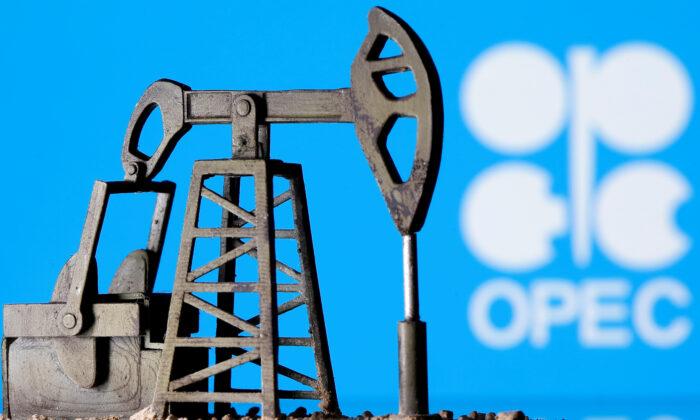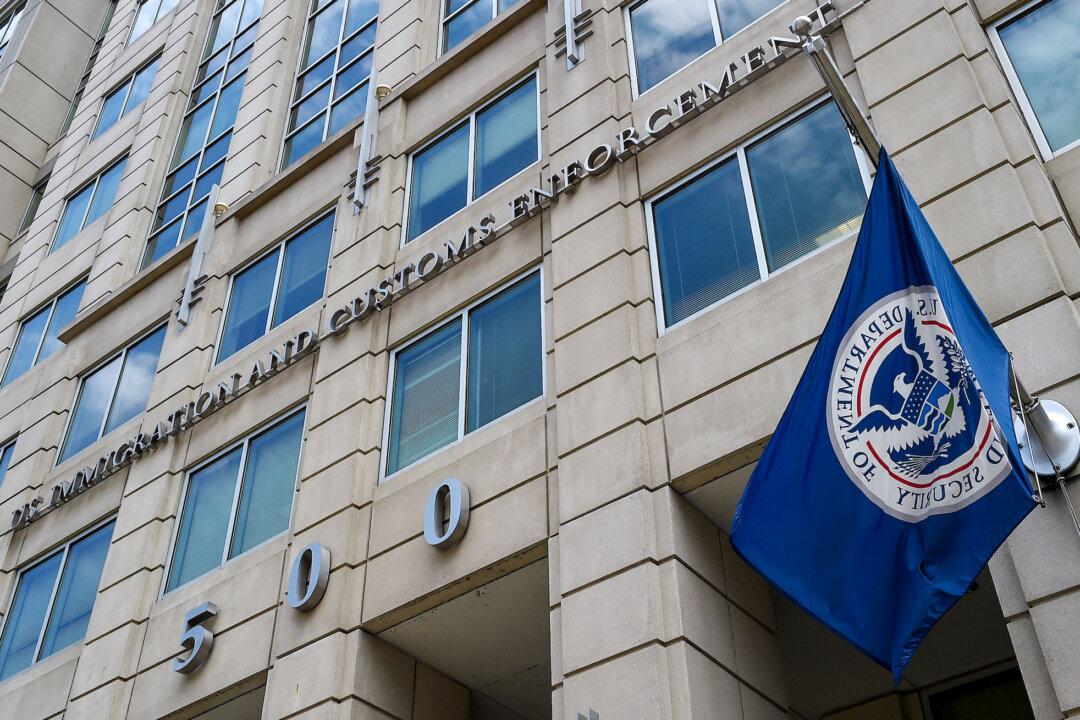Saudi Arabia has signaled its support for Russia as a continued member of the OPEC+ oil cartel, which comes amid ongoing Western pressure to sanction and isolate Moscow over the Ukraine invasion.
He said Saudi Arabia hopes “to work an agreement with OPEC+ ... which includes Russia,” referring to a new crude production deal. Oil pumping quotas under the current OPEC+ agreement struck in 2020 are set to expire in several months.
While the United States banned oil imports from Russia in March, member states of the European Union remain divided on phasing out Russian crude imports.
OPEC and its allies are unwinding record output cuts put in place during the worst of the pandemic in 2020, although they have rebuffed Western pressure to raise output at a faster pace as energy consumers grapple with the highest oil prices in years.
Oil prices surged above $130 per barrel in March over concerns of disrupted supplies from Russia, although they have since eased.
Brent crude futures rose by 22 cents to $112.77 a barrel by midafternoon on May 23, while the U.S. benchmark West Texas Intermediate crude fell 49 cents to $109.79.
In his interview with the Financial Times, Prince Abdulaziz blamed soaring gasoline prices on taxes and a lack of global refining capacity.
The U.S. Energy Information Administration (EIA) stated that the Russia–Ukraine conflict has injected greater volatility into oil markets.
“Sanctions on Russia and other independent corporate actions contributed to falling oil production in Russia and continue to create significant market uncertainties about the potential for further oil supply disruptions,” EIA stated in the outlook, noting that Russia sanctions came against a backdrop of persistent upward oil price pressures and low oil inventories.
Global oil inventory levels in April in developed countries stood at 2.63 billion barrels, up marginally from February, when they fell to their lowest level since April 2014, EIA stated.
“Because oil inventories are currently low, we expect downward oil price pressures will be limited and market conditions will exist for significant price volatility.”
The agency predicts Brent will average $103 per barrel in the second half of 2022, before falling to $97 per barrel in 2023.
In its most recent monthly report, OPEC cut its forecast for growth in world oil demand in 2022, citing the impact of the Ukraine war, surging inflation, and pandemic curbs in China.





